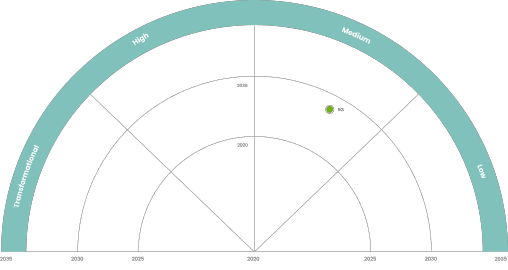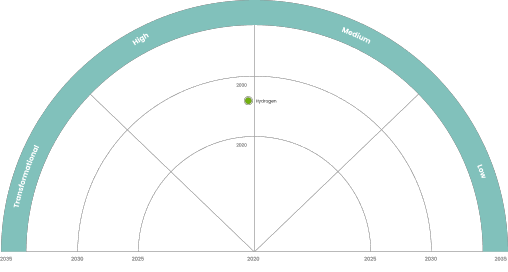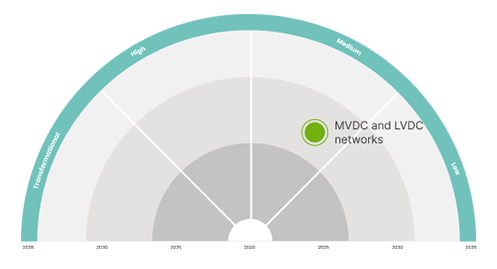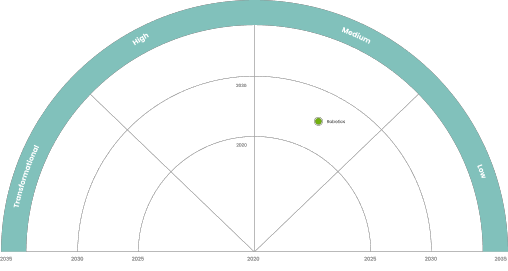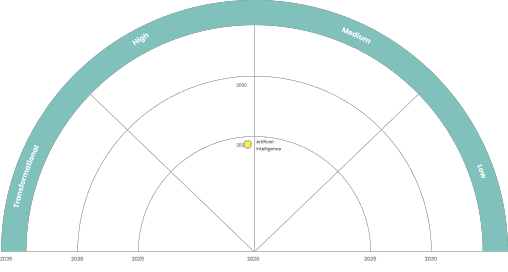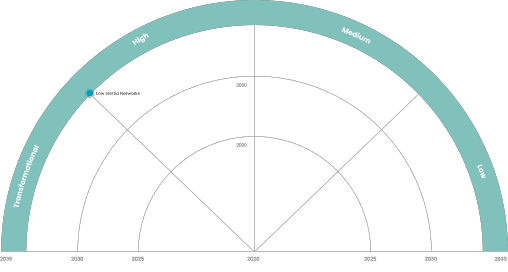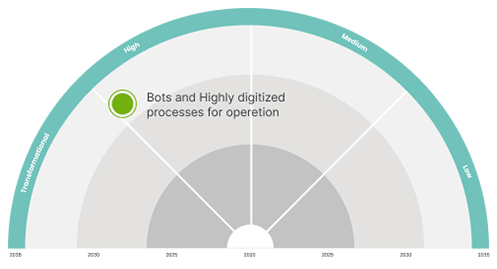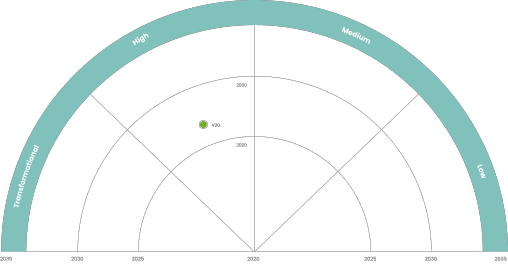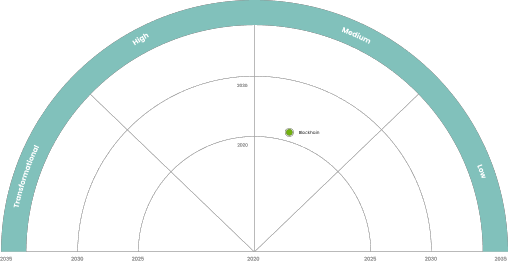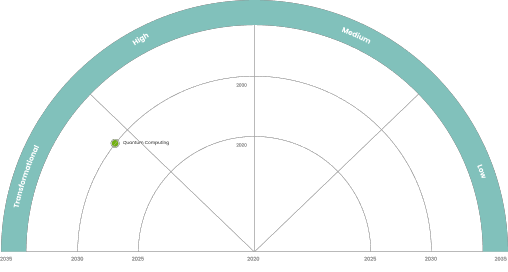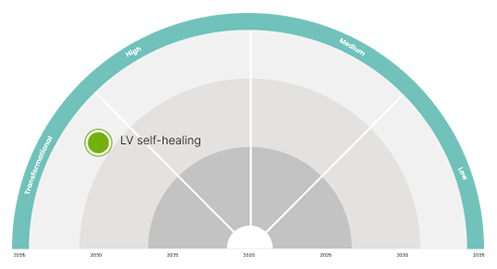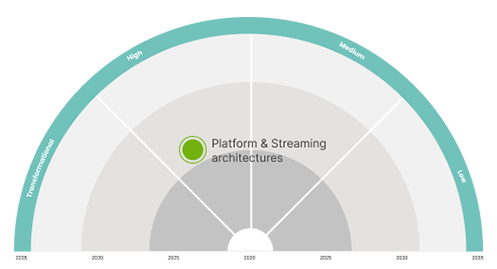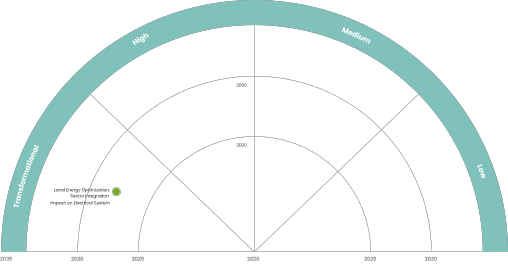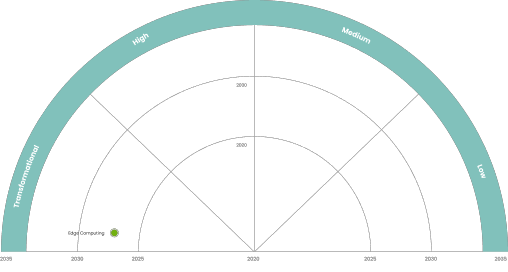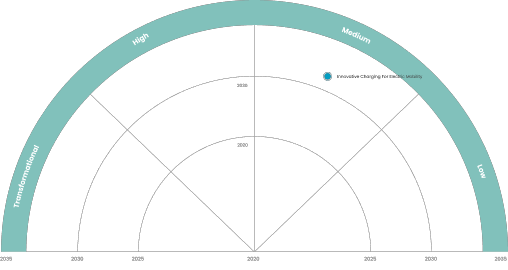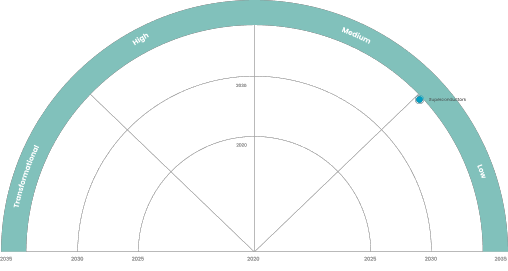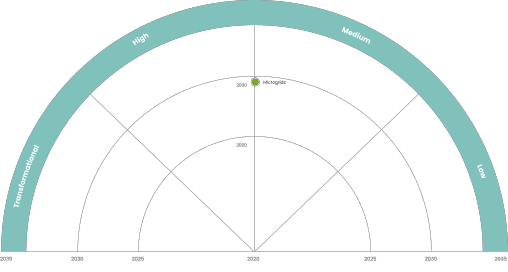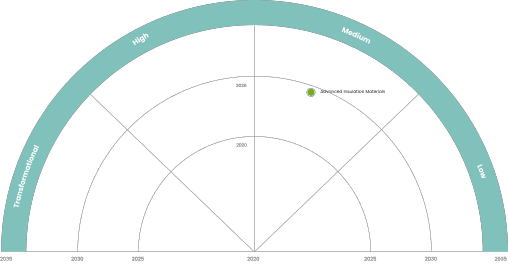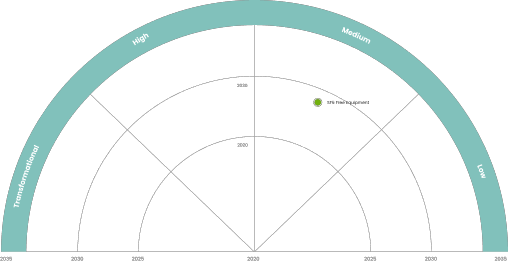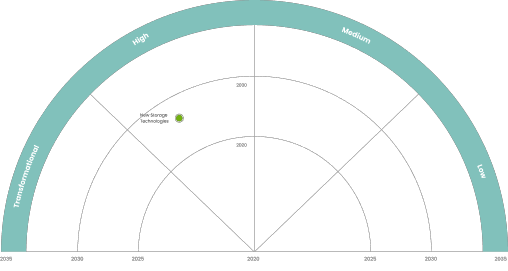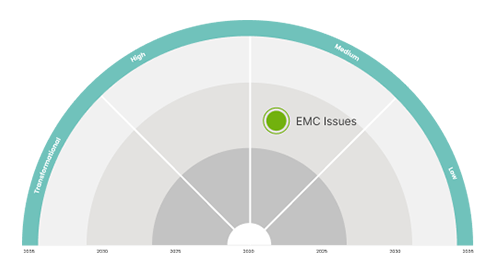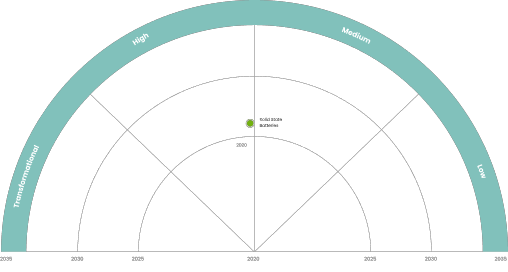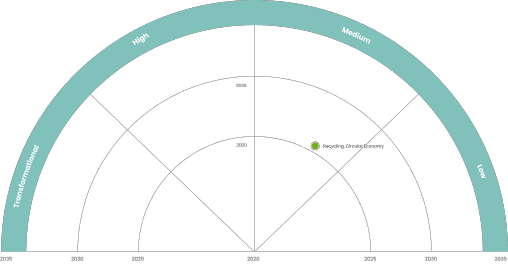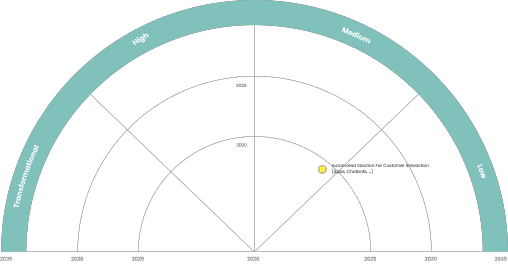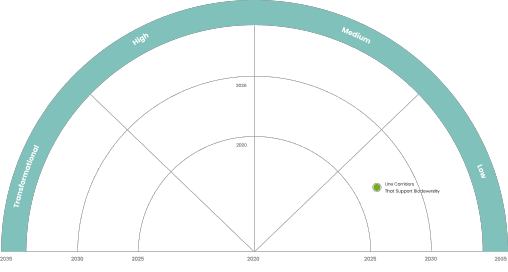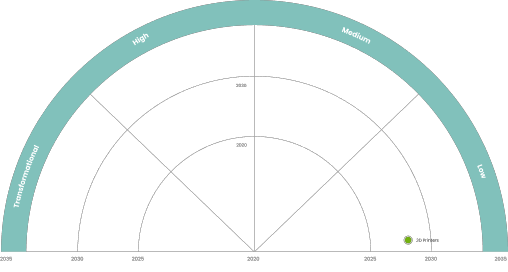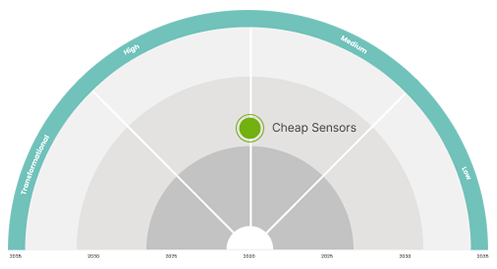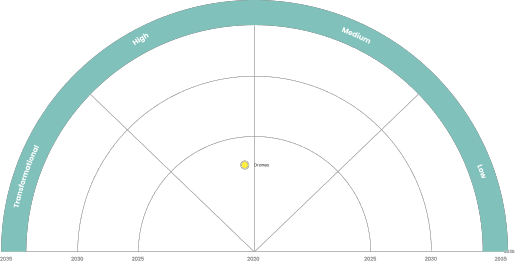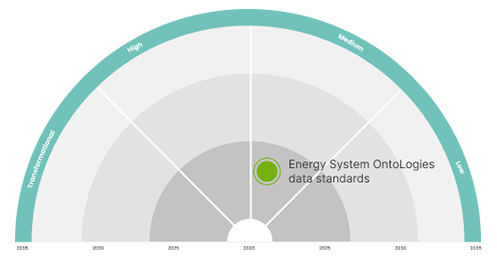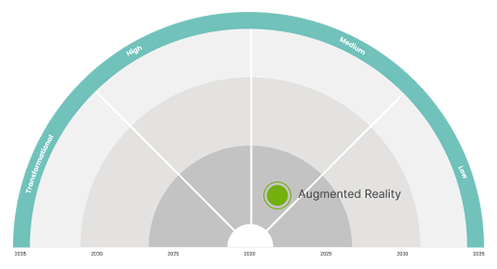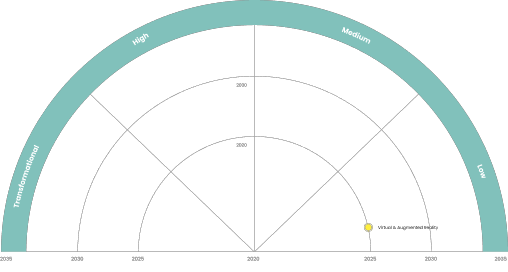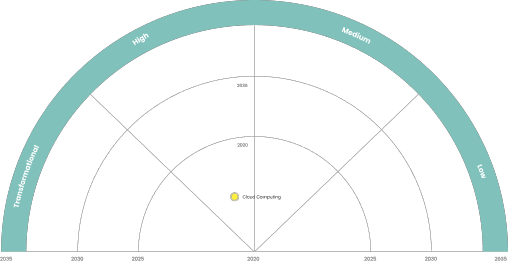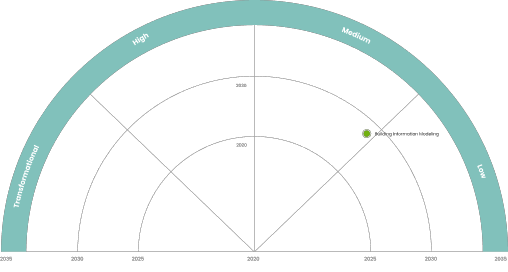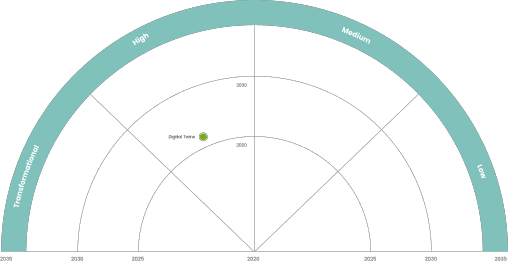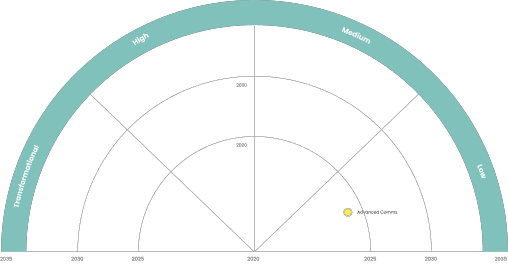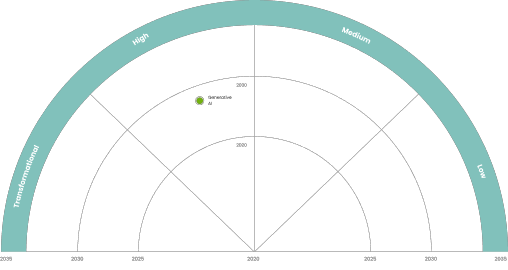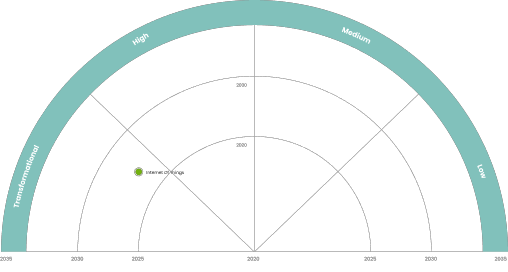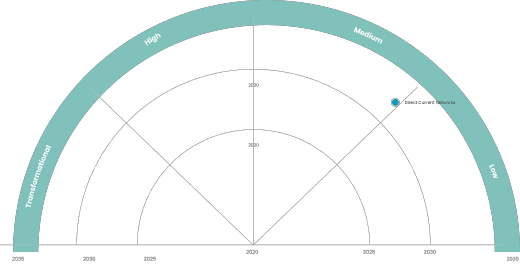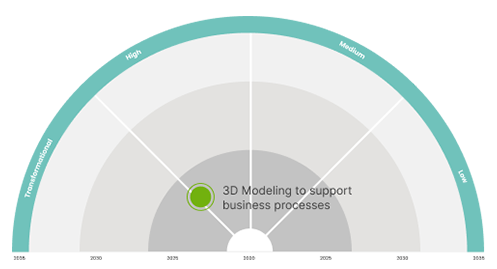E.DSO: A sustainable view on ‘climate change mitigation’ and ‘climate change adaptation’
18 June 2020
E.DSO welcomes the European Parliament’s formal adoption of the Sustainable Finance Taxonomy Regulation and calls for due consideration of Europe’s electricity networks in the definition of the ‘climate change mitigation’ and ‘climate change adaptation’ objectives.
By the end of 2020, the European Commission shall have the technical screening criteria of ‘climate change mitigation’ and ‘climate change adaptation’. These are 2 out of 6 objectives, to which economic activities must contribute in order to be considered sustainable. An activity must at least contribute to one out of these six, without harming the others. The ‘climate change mitigation’ and ‘climate change adaptation’ objectives are closely linked with the attainment of the Paris Agreement and the decarbonization of our society for which investments in the medium and low voltage networks are indispensable.
E.DSO remains fully committed to the Paris Agenda and the EU long-term decarbonization goals. Representing Europe’s largest and leading DSOs, E.DSO members are integrating the vast majority of renewables in addition to new clean and energy efficient technologies. Adequate reinforcements of the grids are fundamental for the European energy transition, which any technical screening criteria in the Taxonomy Regulation must support.
E.DSO argues for a sustainable view on the technical screening criteria of ‘climate change mitigation’ and ‘climate change adaptation’, taking into due consideration also governmental and social responsibility in the definition of all six objectives. It is important that the definitions support the closing of the financial gap in the energy sector towards the EU long-term decarbonization goals, including infrastructure. E.DSO argues for technical screening criteria which incentivize investments into the grids in support of the further facilitation of decarbonization.
The climate mitigation objective covers the avoidance and reduction of greenhouse gas emissions or the increase of greenhouse gas removal. For the DSOs, a key deliverable regarding climate change mitigation is the enhanced ability to manage the impact of increasing amounts of variable renewable energy on the grid. This comes along with the capacity to accommodate the electrification of sectors which have previously depended on a more carbon intensive energy input, such as heating and transportation. To this end, DSOs can contribute with the following activities
- Providing the infrastructure to accommodate higher shares of renewable energy and new loads
- Creating a more flexible energy system which can make optimal use of variable renewable energy resources
- Promoting e-mobility and the development of the corresponding infrastructure in support for a decarbonization of the transport sector
- Use smart grid technology to limit the greenhouse gas emission stemming from distribution line losses
The role of the DSOs must as well be taken into due consideration when formulating the climate change adaptation objective which covers reducing or preventing adverse impact of current or expected future climate risk and decreasing vulnerability. These impacts of climate change affect the DSOs, for example in the form of extreme weather events that can threaten to bring down the grid and put the secure and reliable supply at risk. Depending on the operation area, the grid operator may be challenged with both extreme hot and extreme cold weather as well as strong storms and floods. The following is a non-exhaustive list of activities performed by DSOs to contribute to climate change adaptation.
- Increase the use of underground cables to prepare for the cold and prevent the combination of ice-loads and gusts from breaking the lines
- Vegetation monitoring to prevent wildfires from bringing down the grid
- Installation of smart devices, sensors and switches which can detect network problems and restore power automatically
- Investment in rapid response teams who can quickly be mobilized to deal with grid issues caused by natural disasters
This view and the examples above stem from the E.DSO Sustainable Grid Charter launched in November 2019. The examples are provided by E.DSO members who are already carrying out these activities and cements the commitment of the association as well as of its members to sustainability in all its aspects both now and in the future.
E.DSO underlines its support for the Taxonomy Regulation in attracting the investments necessary for the energy transition and confirms its willingness to contribute to the creation of this framework. To that end, we will closely monitor the development of delegated acts, following the adoption of the Taxonomy Regulation.


